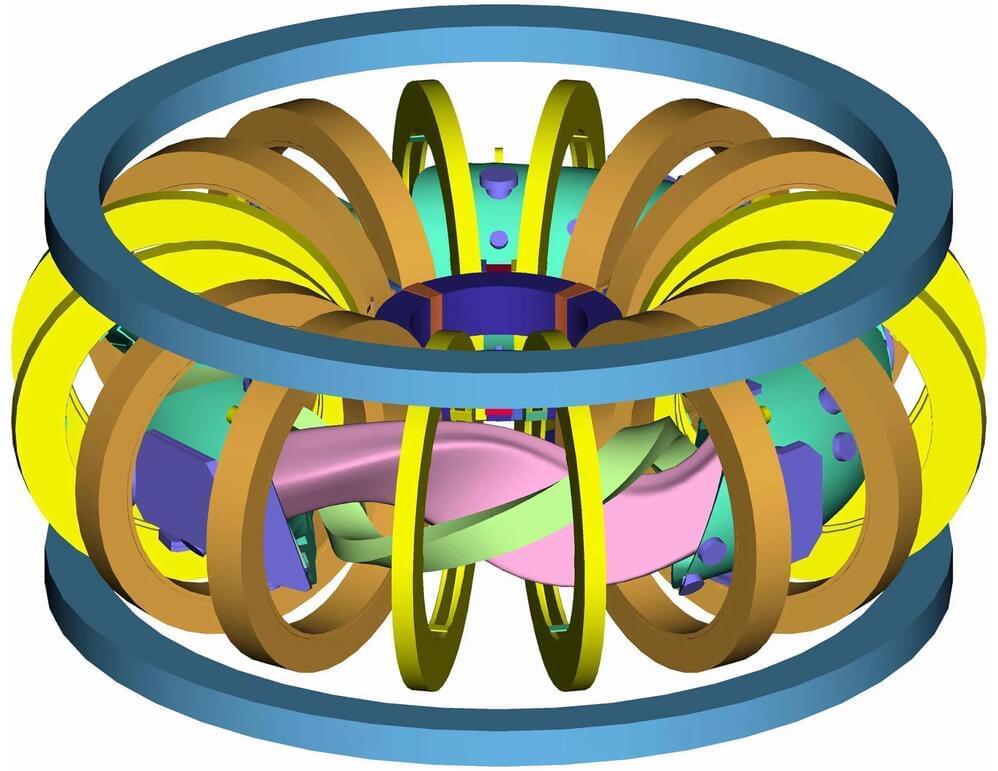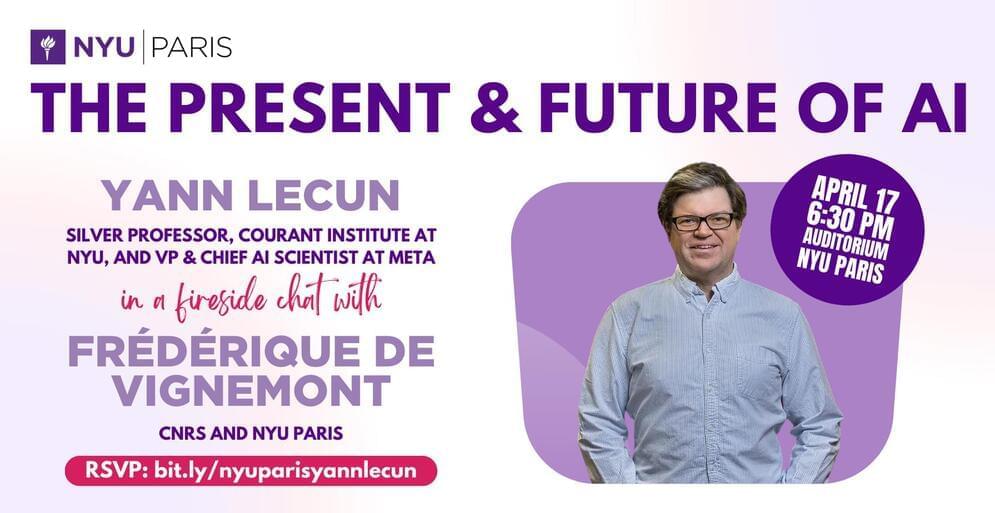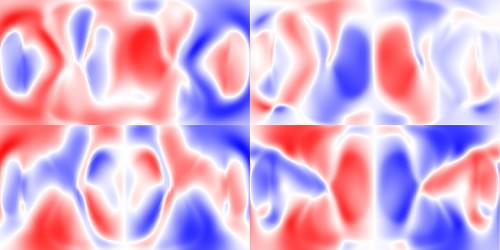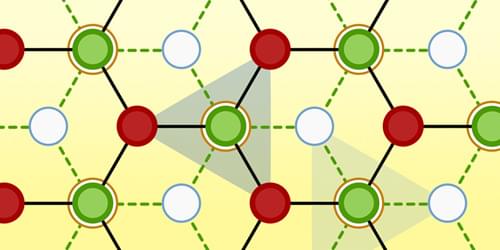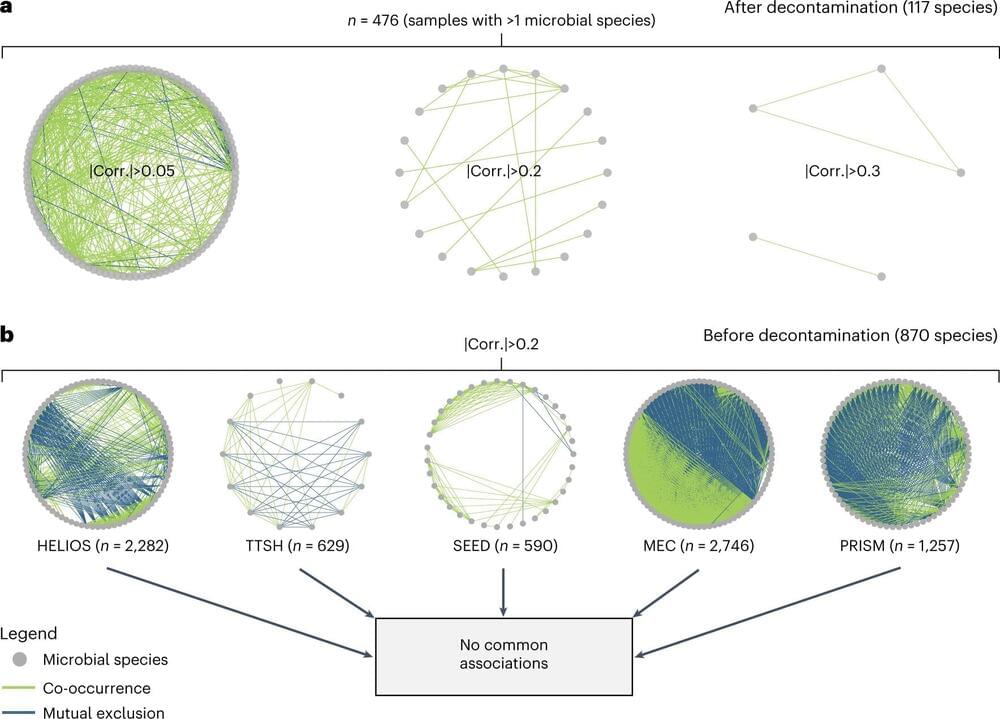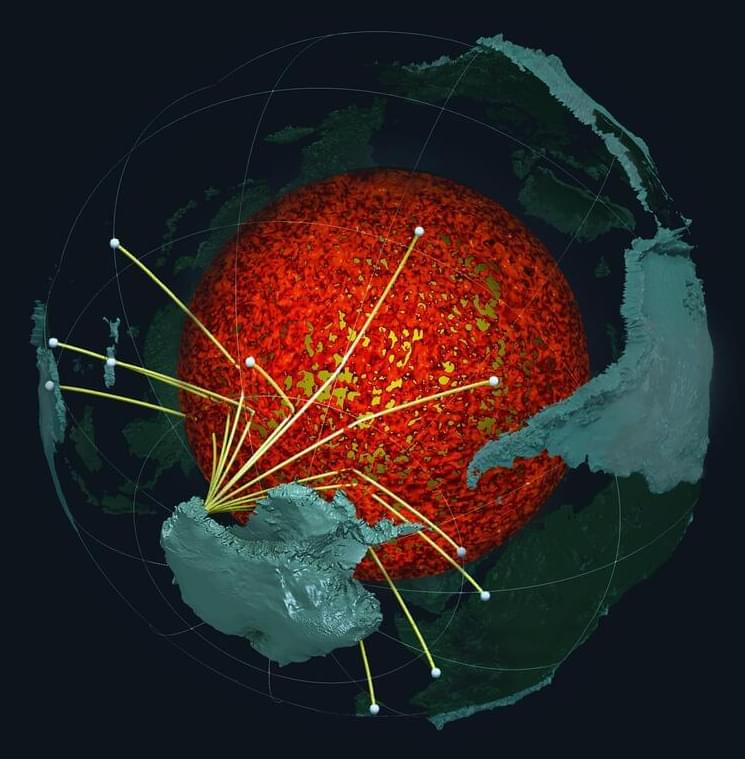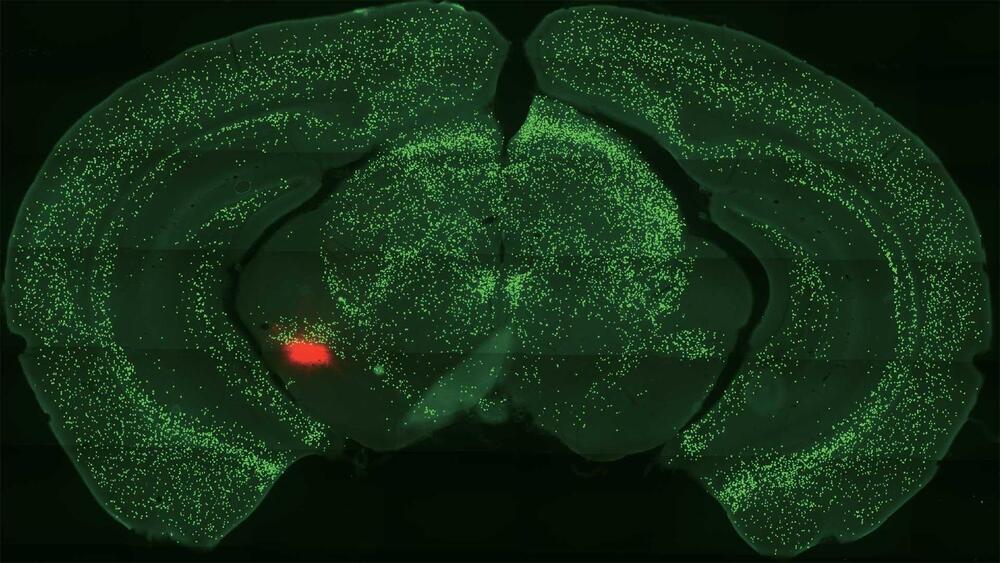
Large Language Models have rapidly gained enormous popularity by their extraordinary capabilities in Natural Language Processing and Natural Language Understanding. The recent model which has been in the headlines is the well-known ChatGPT. Developed by OpenAI, this model is famous for imitating humans for having realistic conversations and does everything from question answering and content generation to code completion, machine translation, and text summarization.
ChatGPT comes with censorship compliance and certain safety rules that don’t let it generate any harmful or offensive content. A new language model called FreedomGPT has recently been introduced, which is quite similar to ChatGPT but doesn’t have any restrictions on the data it generates. Developed by the Age of AI, which is an Austin-based AI venture capital firm, FreedomGPT answers questions free from any censorship or safety filters.
FreedomGPT has been built on Alpaca, which is an open-source model fine-tuned from the LLaMA 7B model on 52K instruction-following demonstrations released by Stanford University researchers. FreedomGPT uses the distinguishable features of Alpaca as Alpaca is comparatively more accessible and customizable compared to other AI models. ChatGPT follows OpenAI’s usage policies which restrict categories like hate, self-harm, threats, violence, sexual content, etc. Unlike ChatGPT, FreedomGPT answers questions without bias or partiality and doesn’t hesitate to answer controversial or argumentative topics.
